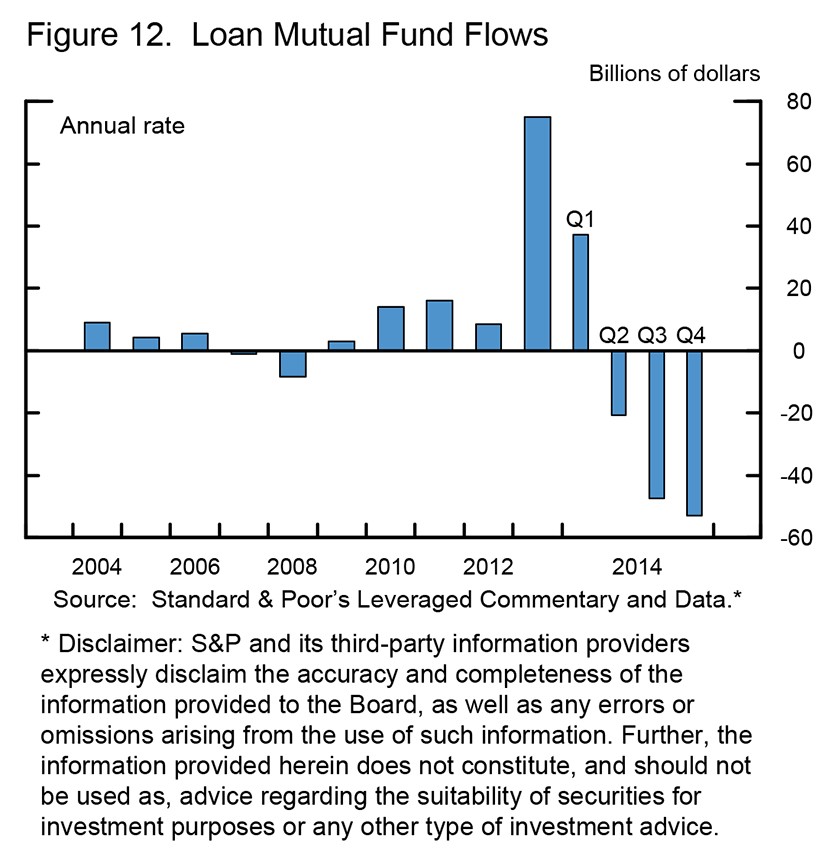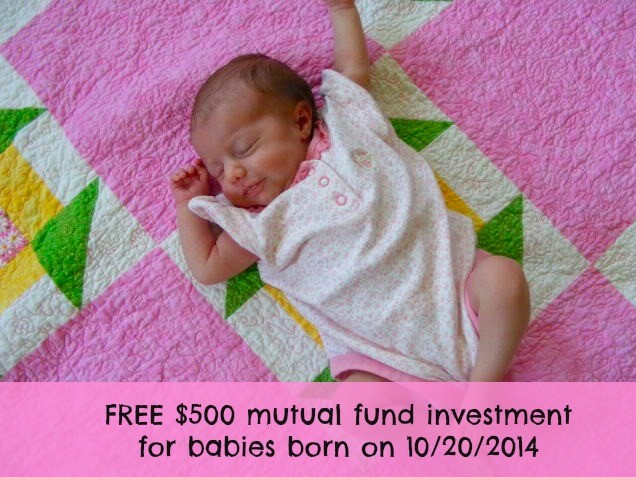The Ultimate Wrap Mutual Fund
Post on: 2 Август, 2015 No Comment

by Brad Ferris on March 8, 2010
Photo courtesy of Anna Chan
I first wrote about wrap accounts and mutual funds two years ago in two blog posts that discussed these investment products. With the RSP deadline behind us for 2009 and abundant investors who made contributions in cash considering when, how and where to deploy their contributions I wanted to touch on this topic again as a recent development has brought some interesting facts to my attention.
I’m currently working with a client on a review of his portfolio and investments and during my research of one of his mutual funds I found what I would consider to be the mother of all wrap mutual funds I’ve come across so far. I’m not comfortable disclosing the name of the fund(s) and/or asset management company involved due to a current confidentiality agreement with my client, but I will discuss some specifics of the fund that I feel readers can benefit from in order to best recognize the glaring conflicts of interest that exist in the financial services industry and impact of costs on your investments.
The mutual fund itself is quite straightforward and benign at first glance; an equity fund focused on a long equity strategy that has a large concentration (over 50%) in Canadian exposure. The managed fund currently holds eleven (11) mutual funds that are run by a variety of different management teams that invest throughout the world with their information available on Morningstar.ca .
The funds themselves have a good mix of funds that beat their respective index and have a history of good management and/or winning strategies over a five year period. The average MER (management expense ratio) of the group is 2.51% which is high, but average for a group of equity heavy mutual funds and likely expected for the names included in the group. The weighted average MER (based on the individual weightings of each fund within the wrap fund) is 2.57%. Mutual funds such as AGF Dividend Income. Excel India. Fidelity China. Mac Cundill Recovery and Front Street Special Opportunities are funds that I would expect to find within many portfolios of Canadian investors. They have highly respected management teams, do have relatively high MER’s, but produce positive returns in most markets that investors do target for inclusion in their portfolios.
As I pointed out in my earlier post the problem with wrap accounts isn’t really with the underlying funds they hold but with the compensation structure they involve. Often wrap funds at TD, Bank of Nova Scotia or Royal Bank carry a higher MER than the average MER of the underlying mutual funds combined because this is the managed premium ; the companies charge more for the added active management of managing already managed mutual funds. The companies managing these funds of funds can charge upwards of 2.5% for the overall fund when the MER of the underlying funds is much lower (1.50-1.75%).
In the case of my current client the average weighted MER of the wrap account is only 2.57% but the asset management firm constructing the wrap account charges an additional 3.6% MER. In the subtext of the prospectus the company acknowledges that each fund within the wrap fund has their own management fees and expenses and these are in addition to the MER charged (3.6%). Effectively investors of this wrap fund could be paying up to 6.17% in combined MER’s. That’s one hell of a lot of alpha !

In the case of my client he likely had no clue he was paying over 6% per year to invest in this product when investing in the underlying funds on his own would save him 3.6%. Over ten years the potential gain this investor would lose would be nearly 62% due to these fees and we haven’t even gotten to taxation or the impact of inflation on his total return.
I acknowledge that financial services companies need to make a living, but it would seem that disclosure is lacking in the case of some asset management companies. I have no doubt this is not the only wrap account or financial product exposing their clients to multiple fees on products.
The importance, for any investor, is to understand how the products you purchase behave in their risk for losses in all facets. Investment loss doesn’t only occur when markets fall but also in the cost of investing as pointed out above. Costs (whether in the form of commissions, MER’s or taxation) will occur regardless of how you invest, but minimizing costs has a huge impact on an investor’s ability to produce positive long-term returns and compound gains.
Disclosure. I hold common shares in TD, BNS and RY at the time of this post. Click here to see how future posts can be delivered directly to you
Thank you for subscribing to TMWTFS














